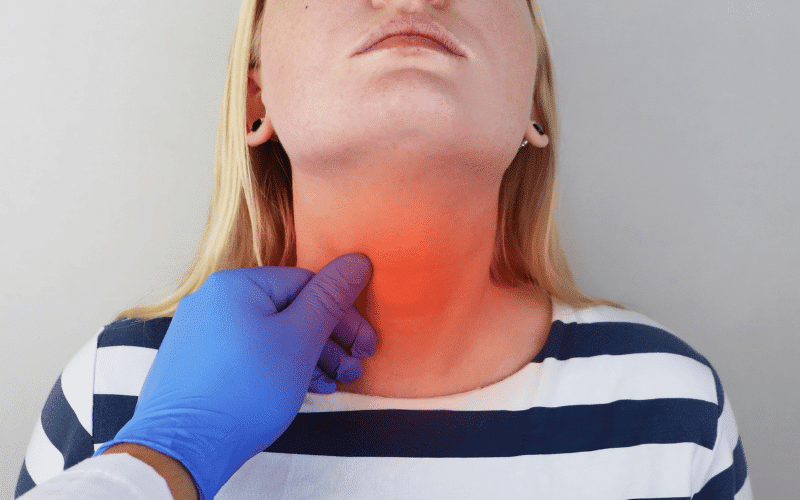Fact 14. Gender Disparities in Hashimoto’s Thyroiditis

It’s a striking phenomenon in the realm of autoimmune diseases: women are considerably more likely to be affected than men. This gender skew is particularly pronounced in Hashimoto’s Thyroiditis, where women bear the brunt of the disease, being 5 to 8 times more likely to develop it.
But what could be the reason for this significant gender disparity? There’s no straightforward answer to this question, but let’s delve into some of the possible explanations.
The immune system is a complex network of cells, tissues, and organs that work in harmony to protect the body against harmful invaders. Intriguingly, studies suggest that the immune response differs between the sexes.
Women, on average, tend to have a more vigorous immune response than men. While this heightened immunity offers women an edge when it comes to fending off infections, it also seems to render them more susceptible to autoimmune diseases, such as Hashimoto’s Thyroiditis.
Hormonal differences between men and women might be another contributing factor to the gender bias in Hashimoto’s Thyroiditis. Specifically, estrogen, the primary female sex hormone, has been shown to influence the activity of the immune system.
It can both stimulate and suppress the immune response, depending on a variety of factors, such as the hormone’s concentration and the presence of specific receptors on immune cells. Interestingly, the incidence of Hashimoto’s Thyroiditis in women appears to surge at times of significant hormonal change, such as puberty, pregnancy, and menopause, suggesting a possible link between estrogen fluctuations and the onset of the disease.
While the gender gap in Hashimoto’s Thyroiditis is evident, it’s crucial to note that men are not immune to the disease. Men can, and do, develop Hashimoto’s, albeit at a much lower rate than women.
This discrepancy in occurrence could lead to misdiagnosis or delayed diagnosis in men, as physicians might not immediately suspect Hashimoto’s Thyroiditis when a male patient presents with relevant symptoms. This highlights the need for increased awareness about the prevalence of the disease in both sexes and the importance of considering Hashimoto’s Thyroiditis as a possible diagnosis in men with symptoms suggestive of hypothyroidism. (14)